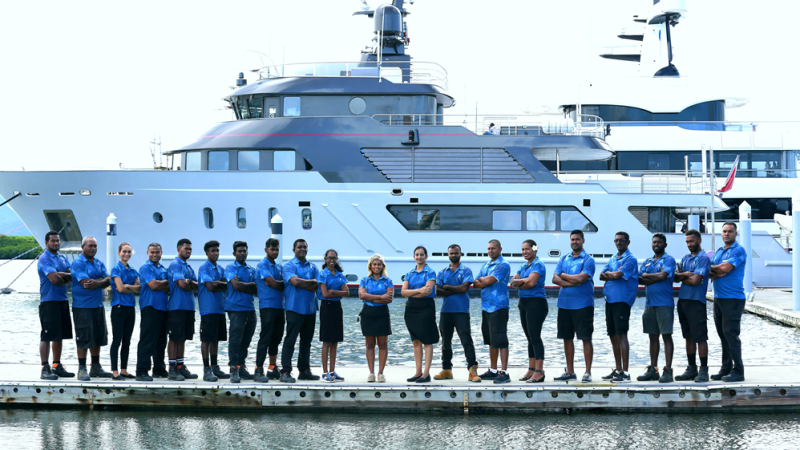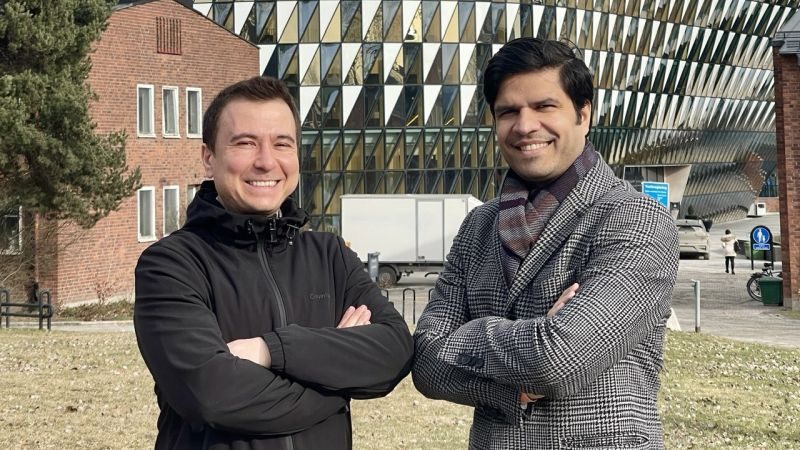In this day and age, “Digital Transformation” is on everybody’s lips, nowhere more so than in the healthcare sector. In terms of knowledge, quality, and cost-effectiveness, Kantonsspital Winterthur (KSW) is the leading hospital in the greater Winterthur area in Switzerland. It has 500 beds, and 14 operating rooms, and provides basic medical care to nearly a quarter of a million people as well as highly specialised healthcare to those who need it. It is one of the healthcare facilities spearheading that transformation, and as its Chief Information Officer, Alex Nelles is the one leading the charge by leveraging a wealth of experience from other sectors.
“When people hear about digital transformation they think about software and IT, but it is not just an IT project. It is about people and changing the way we work so that we can drive automation. It is about bringing in new technologies that will support and simplify the way we do things and interact with our patients.” Nelles tells us.
In our conversations with Nelles, he constantly emphasises that digital transformation is not simply about having the latest technological toys, it is about reevaluating the processes people use.
“Of course, hard- and software are components of it, however, digital transformation is holistic. It is about culture change, rethinking patient experiences, and reimagining business models.” he insists. “It’s not just about technology; it’s about leveraging technology to drive better outcomes, be it in patient care or operational efficiency.”
As an example, Nelles points to the former process of sending money, which was quite cumbersome. Today, few would consider going to a bank counter for this purpose. Instead, most people handle it from the comfort of their homes using a smartphone or computer. A lot of rules and processes have been changed to make this possible.
“Even as digitalization gains greater prominence, we need to remember that, in the end, it is just a tool to optimize our business. Just because it is digital does not mean it is instantly better. We are not chasing technology for the sake of going digital; it is to make things easier and simpler,” says Nelles.
 Bringing Experience to Bear
Bringing Experience to Bear
This is not Nelles’s first rodeo, although he is relatively new to the healthcare sector. He has run digital transformation programs across a variety of sectors and has seen the role of IT itself evolve first-hand.
“In the past Information Technology was just seen as a cost factor. People tried to cut those costs as much as they could.” Nelles says. “The CIO was an IT guy running data centre applications while being asked to make it cheaper.”
Today technology is at the core of all companies and has seriously stepped up in importance, but there is still work to do.
“Digital Technology became a central component of a company’s value creation and serves as a strategic tool for differentiation and securing competitive advantages,” Nelles says. “That is a fact nowadays, but many people in top management still miss its strategic value to drive innovation or market leadership.”
Nelles believes that the role of the modern CIO is to grasp the business model and processes, but also needs to evolve the complex IT systems landscape.
“The modern CIO needs to be both, a businessperson and an IT pro, seamlessly connecting these worlds to drive company innovation,” Nelles says.
Before coming to Kantonsspital Winterthur, he had occupied many roles across more than 15 years in the telecommunications industry – a high-tech sector that has to keep up with the very latest developments, as a rule. From there, Nelles worked in Germany’s retail sector, responsible for projects that affected over 1,800 shops.
“Then I joined a global travel company, and what I found was that they were not as developed in terms of digital technology and processes,” Nelles recalls. “A lot of their processes were manual, and the degree of digitalisation was similar across all functional areas of the company.”
Healthcare, Nelles quickly discovered, was a different case altogether.
“In healthcare, the medical staff are the ones leading,” he explains. “The kind of technology being used in surgery or diagnostics is impressive, the machines are mind-blowing, but then you turn around and look at the administrative processes and you see how far they are behind.”
Part of the reason for this is that healthcare operates under a very different set of pressures compared to more commercialised industries. Most businesses are forced to reinvent themselves over time to survive, but hospitals are not managed that way. “If it isn’t broke, don’t fix it” is the ethos for many processes.
“The most important thing is to listen and understand,” Nelles says. “Because there are good reasons why things are like that in a hospital. That was the most important thing for me at the beginning, to find a way of speaking their language and inspiring them to be open to solutions from outside their perspective.”
 The Patient Experience
The Patient Experience
By understanding the perspectives of people in the healthcare sector, Nelles can tailor solutions to their needs.
“We adapted best practices from other industries, ways of running projects, human-centred design, and modern styles of leadership,” Nelles says. “These are just the basics, but in the end, transformation will happen through people working on the projects. You need to find the right way to start a movement and maintain a culture of innovation.”
As well as the right processes, you also need the right people. For Nelles, that means as diverse a group of people as possible.
Nelles explains, “Most people tend to hire people from the same industry because they think experience of the industry is high value- and it is. However, when it comes to transformation diversity is a key. People from other industries bring fresh ideas and best practices from outside insiders would not think of.”
That diverse range of talent and experience, supported by the right processes, is joined by a focus on the path of the patient and their experience.
“That must be the drive for the transformation at every turn,” Nelles says.
A hospital might have the best diagnostic technology or surgical facilities, with the latest medical technologies, but the patient experience relies on a much wider array of processes than that.
“The administration around that impacts the patient experience,” Nelles says. “What kind of information do you have? How do you gather the information that you need? How difficult is it to get an appointment or change it?”
But while the patient experience remains the priority, there are other experiences that need to be taken into account. Recruitment and retention are challenges in the modern healthcare sector, and a big influence on that is the workload staff face at every level.
“The amount of necessary documentation has increased dramatically over the years, resulting in an environment where doctors spend half of their time in front of a computer documenting what they did,” Nelles says. “The same applies to nurses. Everything needs to be documented.”
This documentation is not simple busywork, it is necessary and important for the quality of care and the safety of the patient, but at the same time, it is not what doctors and nurses get into the sector for.
“They want to treat patients,” Nelles insists. “Digital transformation can make a big difference here. It does not get rid of the documentation but makes creating it simpler. If we do that, we will be more attractive as an employer.”







